Some explainations on Rezodo schematics
Electrovalve choice
Our Rezodo will be a "low energy" system which must be powered by a small solar panel.
This is a key driver for the choice of electrovalves for the irrigation system.
Irrigation could last for hours during which the electrovalve must remain at the "open state". If we choose a simple coil which must be energized during the whole irrigation cycle, the battery would drain quite fast.
By chance, Hunter proposes 9V solenoids with a latching mechanism.
- you apply power to the coil, the valve opens and remains opened even if no more power is applied
- you switch the polarity and apply another pulse and the valve closes
So this type of latching electrovalve is mandatory for low power devices.

The elctrovalve will be driven by a little DC motor driver
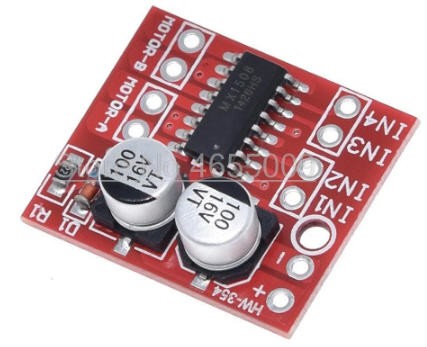
One driver being able to drive two motors or in our application two electrovalves.
The electrovalve needs 9V DC to energize the coil.
We have thus added a step up DC/DC converter to generate this 9V from the 3.7V li-ion battery.
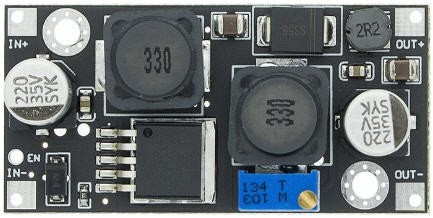
Energy for Rezodo
I wanted to power Rezodo with a single 18650 Li-ion cell.
Knowing that the coil eats ~1A when running (100ms per coil !) and that it should run twice per day during max 1s, we can easily compute the power requirements for such a battery... Coil management is obviously negligible in this equation... Most of the power will be eaten by ESP32 when not sleeping.
To get a worst case I did measure the current while ESP32 is running : 40mA when CPUs were awake, and 115mA when Wifi was active. I took a worst case of 150mA
- Assuming that the ESP32 will wake up every 2 minutes (worst case) and stay On during 1 minute. We will get during 12 hours : 150mA * 4V * 1/2 = 0.3 W during 12 hours
- Assuming that the ESP32 will sleep during the whole night : ~0W during 12 hours
daily power consumption : 150mW during 24 hours in average
The Li Ion battery was given for 3400mAh but would realistically store not more than 2000mAh
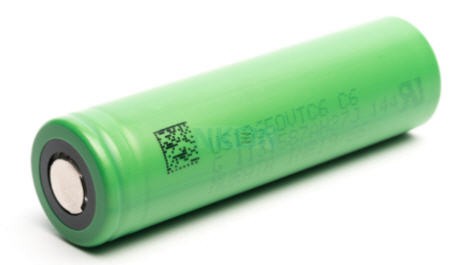
So this battery should last 2000/150 = 13.3 days before being empty...
To avoid this "power outage" after 13 days we can add a small solar panel.
A small 6V 1W solar panel would be enough.
Even in case of bad weather, this panel panel could provide a little output to charge the battery (let say 300 mW).
More than needed to balance the Rezodo comsumption (150mW daily) .

The charger itself will be a cheap TP4056 module:
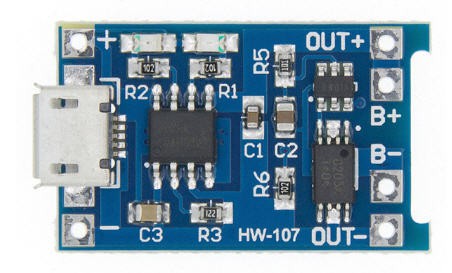
It can charge a single Li-ion and has undervoltage, overvoltage and current protection which is perfect for battery safety.
TP4056 has the following features
- Constant Current / Constant voltage charging method. (max curent for charge is set at 1A by default)
- C/10 Charge termination.
- 2.9V trickle charge threshold (for deeply discharged batteries).
- Upper charge stop voltage : 4.2V.
- Soft start inrush current limit.
- Automatic recharge (keeps batteries optimally charged when connected to a charger).
We have now a fully qualified setup with a coil driver, a battery and a solar charger to keep the system running during years. Let's now add a brain to this device!
A brain for Rezodo
Rezodo's brain will be a ESP32 microcontroller.
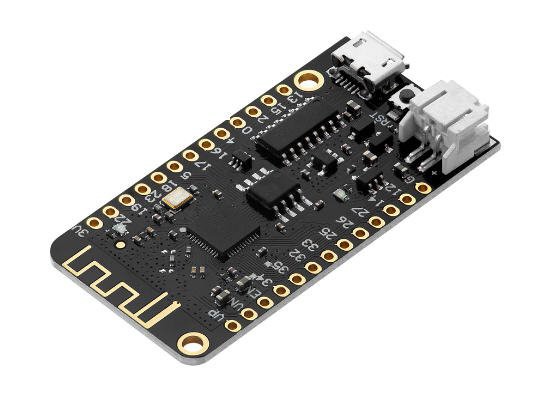
This MCU can go into deepsleep mode.
If you put your ESP32 in deep sleep mode, it will reduce the power consumption (in the range of 10 µA). Having your ESP32 in deep sleep mode means cutting with the activities that consume more power while operating, but leave just enough activity to wake up the processor when something interesting happens.
This feature is perfect for Rezodo as we plan to wake up the MCU every few minutes. A deepsleeping MCU is thus perfect provided we take also care of disconnecting all the actuators/sensors when the system is sleeping. (This is the reason why we choose a step Up DC/DC converter with an enable pin!)
Keeping time
Allowing the network of devices to go into deepsleep mode implies that all the devices should synchronize to wake up at the same time. We have thus to add a Real Time clock and a way to get the time and sync all the clocks.
I have thus added a DS1302 Real Time board to Rezodo
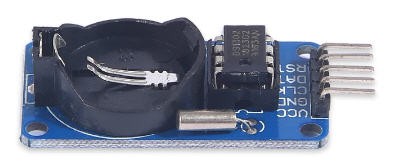
Building the network
The ESP32 has networking capabilities (Buetooth Low Energy, Wifi, ESPnow and ESPNow Long Range)
The best solution for our application is ESPNow Long Range. Expressif claims to reach distances above 500m with ESPNow_LR
I performed tests and got distances above 300m in open sky... So this is a really good solution but it does not allow to achieve 1km range transmission.
The only efficient solution is to use Lora technology
I did benchmark Lora point to point communication and was able to reach 8km range in line of sight.. Realistically 1km is easily achievable even is city environment.
We have thus to add a lora module to our Rezodo.
We choose the Semtec RFM95W module which is compliant with European standards (868MHz module)
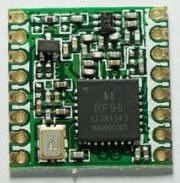
For USA you should choose a 915MHz version.
Our Rezodo board will thus have optionnal Lora module and ESPnow Long Range on the same board. It will also offer a connection to Wifi to interface with our home automation system.
Final Schematics
Having all the components we can easily draw the final schematics
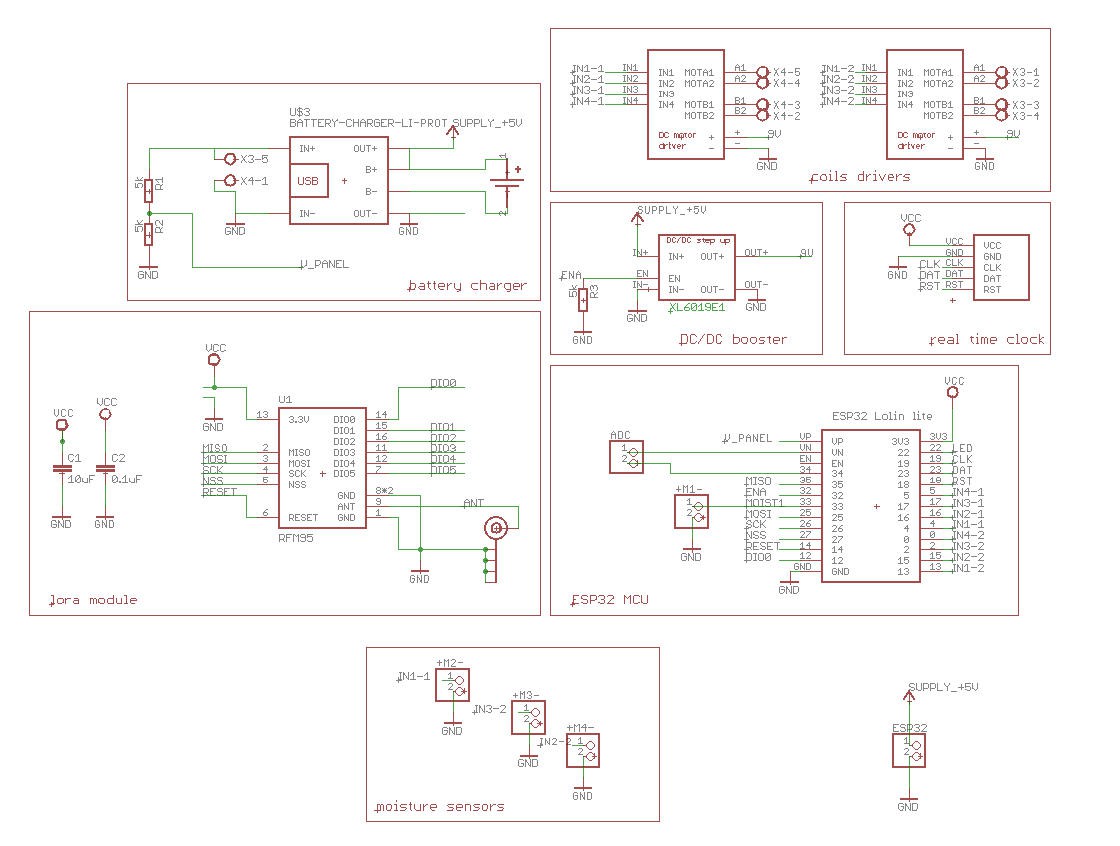
And having the schematics we can produce a PCB!
 JP Gleyzes
JP Gleyzes
Discussions
Become a Hackaday.io Member
Create an account to leave a comment. Already have an account? Log In.